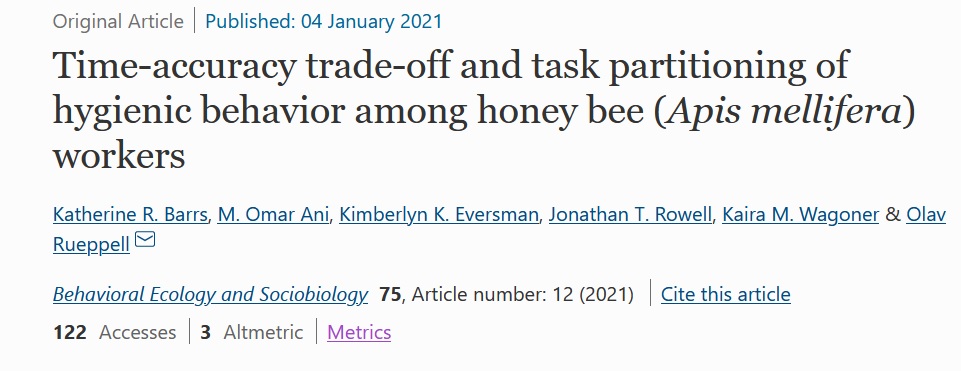Both, Robert Lu and Prabashi Wickramasinghe are awarded the prestigious AGES scholarship for their excellence as graduate students! Congratulations: Well deserved!
Author: rueppell
New publication on egg size and development of honey bee workers
In a new study, we show that eggs of queens in small colonies are not only larger but also qualitatively better than eggs produced by queens in big colonies. The superior eggs give larvae a head start. Under natural conditions, larvae that start small but grow up in large colonies can compensate by growing faster and end up similarly-sized as adult workers that grow from big eggs in small colonies. However, when small eggs are transferred into small colonies, they do not catch up and emerge as smaller adults.
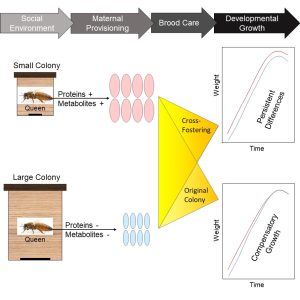
Chapter on Social Foraging
Alex and I put our best efforts into writing a comprehensive review of the social aspects of honey bee foraging. What should have been quite straightforward proved more challenging than anticipated. Thank you to the editor anyway for giving us the opportunity to contribute to the book entitled “The Foraging Behavior of the Honey Bee“. We hope that it will be useful!
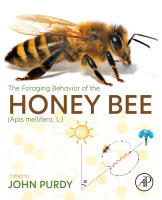
Back to the beginnings
My personal beginnings of honey bee research were devoted to understanding the transitioning of honey bee workers from in-hive tasks to outside foraging. With our collaborators from the Chinese Academy of Agricultural Sciences, we have just published another analysis of this phenomenon at the proteome level. Using a novel antibody array as a proteomic tool that should be useful more generally, we report that Major Royal Jelly Proteins are involved, adding to the complex regulation of this life history transition and adding to the complex pleiotropy of MRJPs.
Egg size variation in honey bees
The variation in maternal provisioning in honey bees continues to amaze me and in our newest eLife publication, we report on some of the causation of this reproductive plasticity.
The many benefits of hygienic selection
Our new collaborative work with the group of Victoria Soroker of the Agricultural Research Organization in Israel is showing that selection for hygienic behavior in honey bees has multiple benefits. Not only is social immunity enhanced, but this also translates into lower Varroa mite loads and better individual immunity.

A big thank you to the Alberta Beekeepers Commission
On behalf of our undergraduate students Dawit and Tianna, we would like to express our great appreciation of the support by the Alberta Beekeepers Commission. Both, Dawit and Tianna, received ABC bursaries to further their studies of honey bees!
IUSSI World
In my first large in-person conference since the COVID pandemic, our lab was well represented, co-organizing a symposium, and contributing 3 talks and 1 poster presentation! Lots of social insect discussion and fun in San Diego as well…
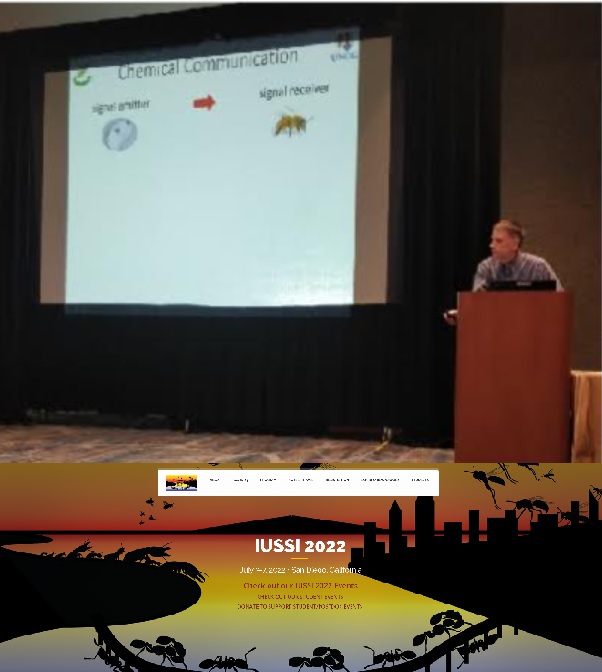
Graduation of Prashant!
Congratulations to Prashant for graduating with his PhD! We all wish him the best for a bright path into the future!
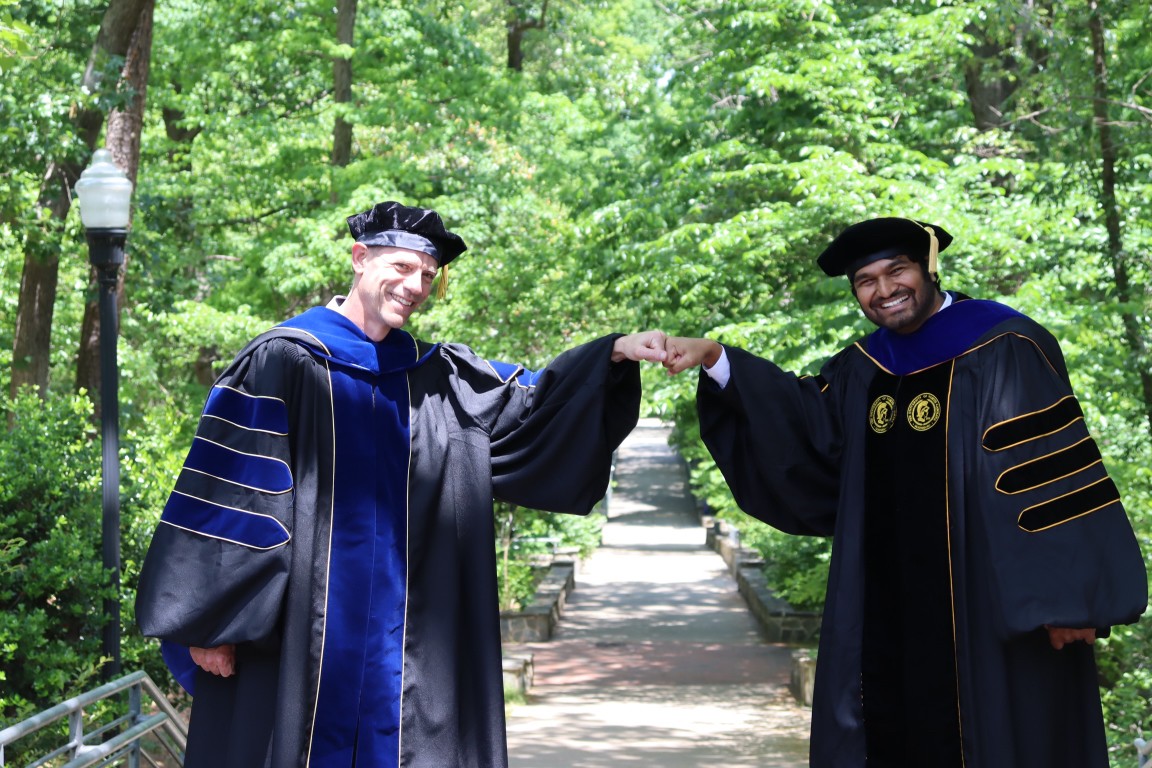
Publication on the utility of our new hygienic assay
Kaira termed this the UBO (Unhealthy Brood Odor) assay and it performs quite well in predicting the Varroa mite levels, hygienic removal of mites from brood cells under field conditions, and colony winter survival. Take a look at the paper in the Journal of Insect Science.
High Recombination also in Stingless Bees
Congratulations to Prashant for publishing the first chapter of his PhD thesis in BMC Genomics, demonstrating that stingless bees also have a high genomic recombination rate. A significant knowledge gap has been filled:
New publication
I am happy to report that our analysis of the microbiome of high royal jelly bees in collaboration with the Raymann lab at UNCG and guest researcher Han Bin from the Institute of Apicultural Research of the Chinese Academy of Agricultural Sciences has been published with graduate student Megan Damico as lead author:
“High royal jelly production does not impact the gut microbiome of honey bees”
Interestingly, the environment (urban vs. rural) did have an effect on the gut microbiome!
Celebration of I-STEAM Pathways Internship Program
Congratulations to Tianna for finishing her research internship with an excellent presentation at the closing symposium today! I am looking forward to her continued contributions to our group as more exciting research is ahead of us.
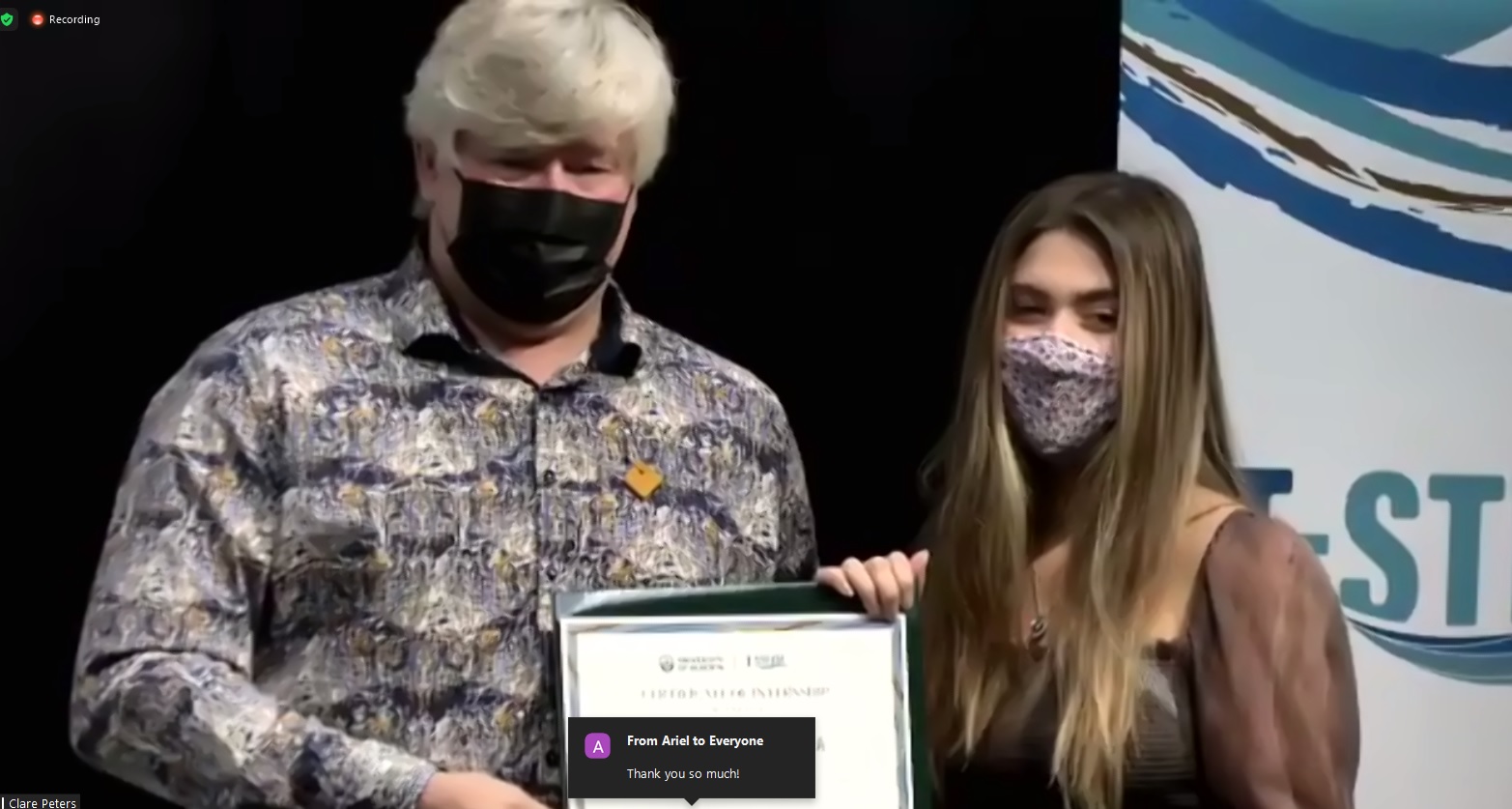
Happy ending of a long-term project
A very long-term project comes finally to a happy ending in the form of a publication. It started with a trip to Borneo with Niko Koeniger, sparking my interest in the Asian honey bees. The genomes of Apis dorsata and Apis florea followed, and now we have them finally analyzed for signatures of selection that might give us some hypotheses about the evolutionary differentiation among the three principal honey bee clades and adaptations that might have occurred during the common evolution of honey bees. I am so glad and want to thank everyone who was involved, including Robert Page who introduced me to Niko!
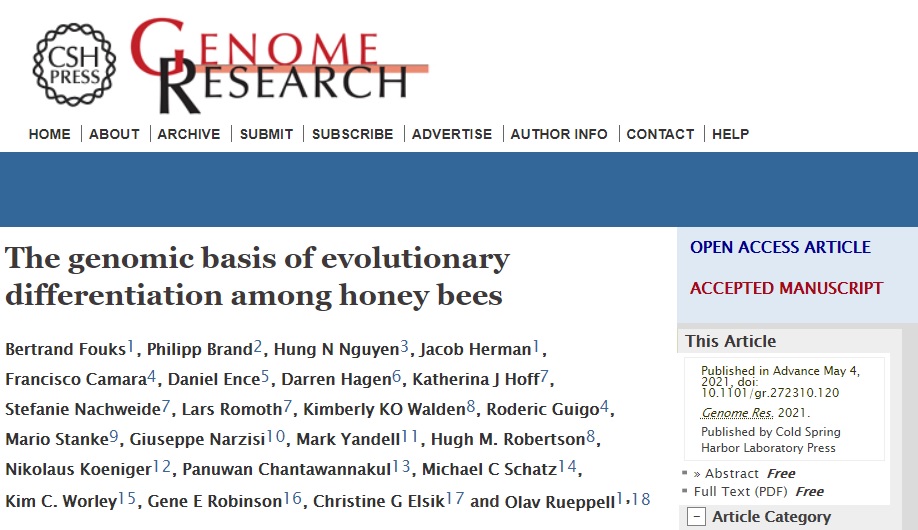
Congratulations to Bin!
A thorough study indicating that the neuropeptide tachykinin may regulate how much behavioral specialists specialize… It’s a new angle on the old and long-standing problem of division of labor. Just a reminder that so much more is to be learned, for example the colony-level consequences remain to be tested!
Tachykinin signaling inhibits task-specific behavioral responsiveness in honeybee workers
Congratulations to Anissa and Jake!
I am very happy that the study of former MSc student Anissa and current PhD student Jake has appeared in the Phil Trans R. Soc. special issue on Aging in Social Insects: Even though the title doesnt indicate it clearly, the study has some great results with repercussions for understanding the longevity of reproductives in social insects: Reproductive activation in honeybee (Apis mellifera) workers protects against abiotic and biotic stress
Varroa Citizen Science Initiative – COLOSS initiative to globally compare Varroa impact
The Varroa task-force of the COLOSS network has launched the second phase of the Varroa Citizen Science Initiative to globally monitor for Varroa and compare its impact across the globe. I will act as the country coordinator for Canada and am looking for volunteers to represent Canada from March 2021-March 2023. Please find more information in this document: VarroaCSI_COLOSS. If you are interested and eligible, please email me directly for registration!
Published: American Honey Bees Vary in Susceptibility to Israeli Acute Paralysis Virus
With funding of the Healthy Hives 2020 initiative, we set out to characterize variation in virus susceptibility, as a basis for selective breeding. And we found there is potential within and among breeding operations! We also found a surprisingly heavy viral load in queens, which should caution all of us that queens might not get sick but can be an efficient long-range transmission pathway for viruses. Congratulations Shilpi and all co-authors!
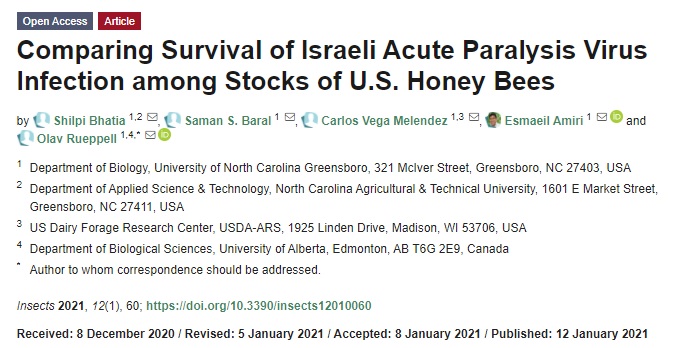
American Bee Research Conference
As always, the ABRC meeting was exciting and informative! Amazing plenary talks, but all presentations were great. Glad our group contributed three of them, with Kaira reporting on her new testing of hygienic behavior assays, Esmaeil describing his newest virus experiment to study queen immunity, and Bin Han as lead author on the presentation of his identification of the neuropeptide tachykinin as general regulator of the degree of behavioral specialization in honey bee workers.

Undergraduate Research Project Published in Behavioral Ecology and Sociobiology
A great, interdisciplinary team of undergraduates made this nice combination of empirical research and theoretical modeling happen:
